We’ve got lots of FREE eBooks and apps ready for you to download! Add some space to your life:
EBooks: https://go.nasa.gov/2EFZ2or Apps: https://go.nasa.gov/2EHwjj4


Astronomers have spotted a monstrous stellar flare coming from a baby star 685 light-years away that’s estimated to be 10,000 times larger than any such event emitted by our sun.
Experts say the stellar ‘tantrum’ could provide a window into the birth of potentially habitable exoplanets, revealing how huge events shake up the material orbiting distant stars.
The M-type star is just 2 million years old, meaning it has yet to reach the size at which it will remain for most of its life.
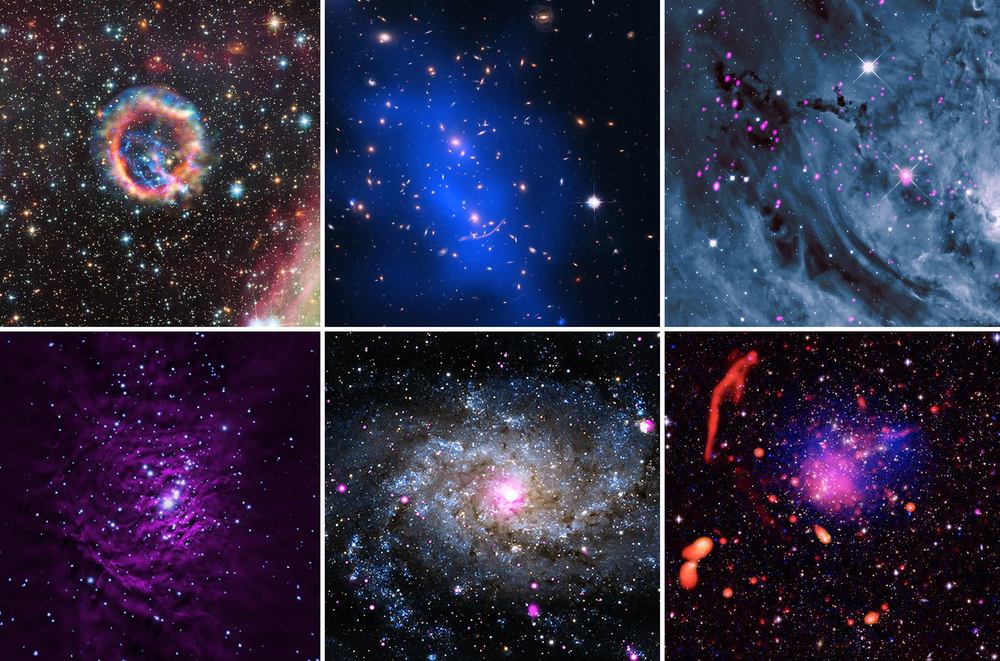
This selection represents different types of objects -\-\ from relatively nearby exploded stars to extremely distant and massive clusters of galaxies -\-\ that emit X-rays detected by Chandra. Each image in this collection blends data from Chandra with observations from other telescopes, creating a colorful medley of light from our universe. Take a look: https://go.nasa.gov/2ECqmnD

https://www.youtube.com/watch?v=Nkyql8ZyPL4
From groundbreaking moon missions to growth in the legal-cannabis market, 2019 will be year of new highs. Here’s what to watch out for in the year ahead.
Click here to subscribe to The Economist on YouTube: https://econ.st/2xvTKdy
For more from Economist Films visit: http://films.economist.com/
Check out The Economist’s full video catalogue: http://econ.st/20IehQk
Like The Economist on Facebook: https://www.facebook.com/TheEconomist/
Follow The Economist on Twitter: https://twitter.com/theeconomist
Follow us on Instagram: https://www.instagram.com/theeconomist/
Follow us on Medium: https://medium.com/@the_economist
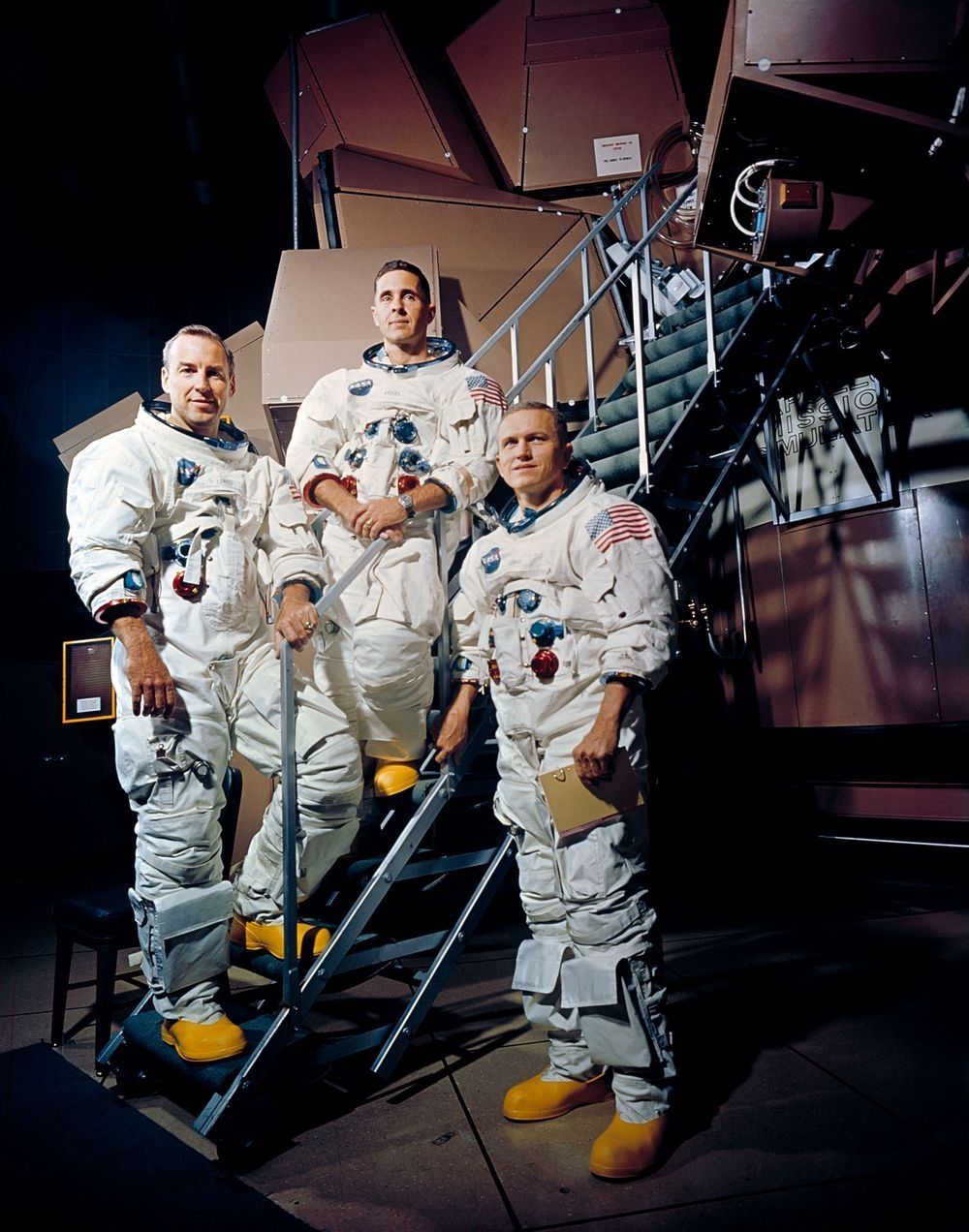
Muscle cars. Film cameras. Bell-bottoms. 8-tracks. It’s 1968. Astronauts Borman, Lovell and Anders get a call to cancel their holiday plans. By December, the three were suddenly farther away than any human had ever been from our home planet. Start your flashback here: https://go.nasa.gov/2Ey19dY
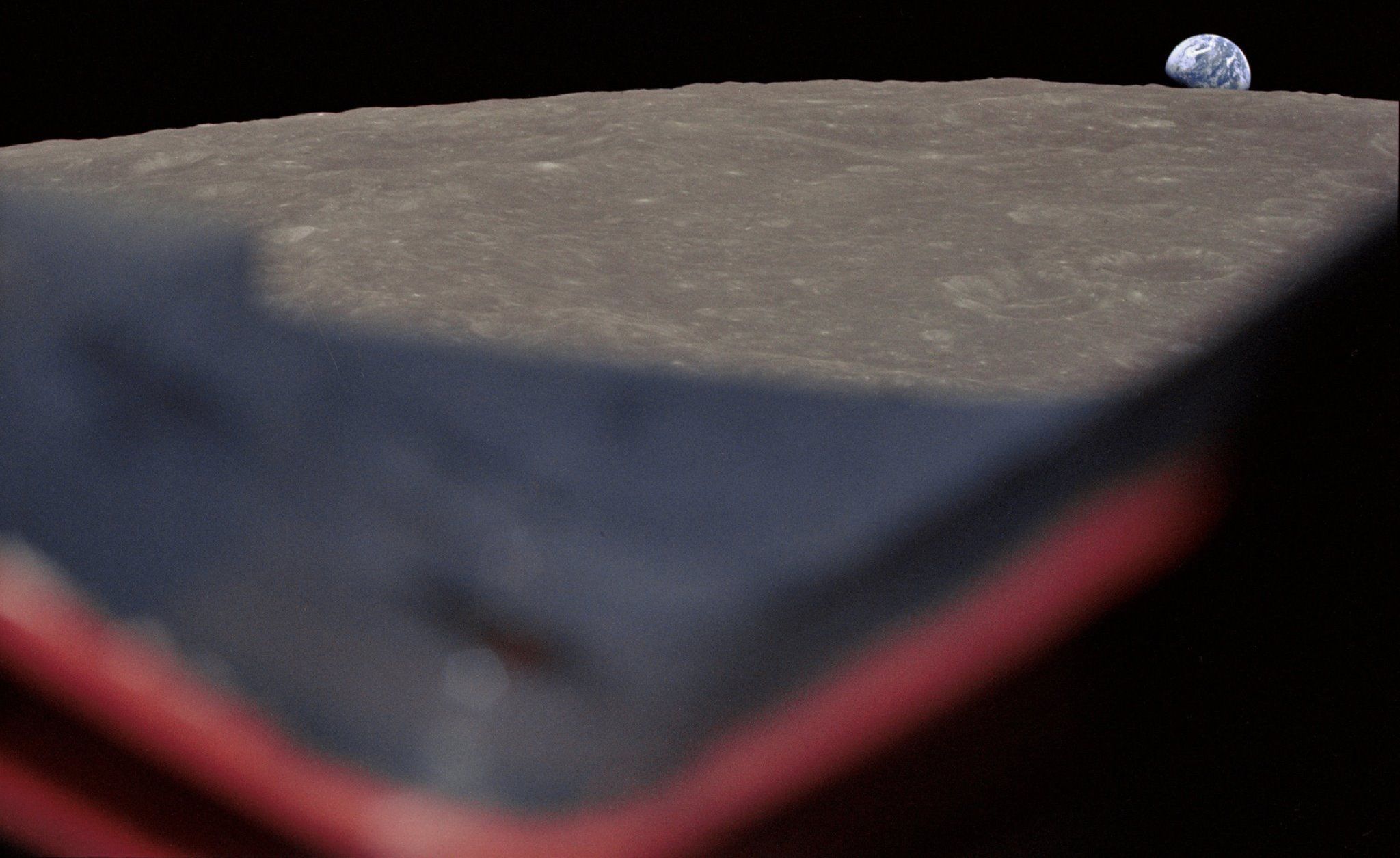
They glimpsed Earth outside their windows. “It’s a beautiful, beautiful view,” Frank Borman said to Mission Control. That Christmas Eve broadcast ended 1968 on a hopeful note, bringing a reminder of the all encompassing curiosity stitched into the fabric of all humans. Sink into the far side by celebrating our #Apollo50 Anniversary here: https://go.nasa.gov/2EGQJJX
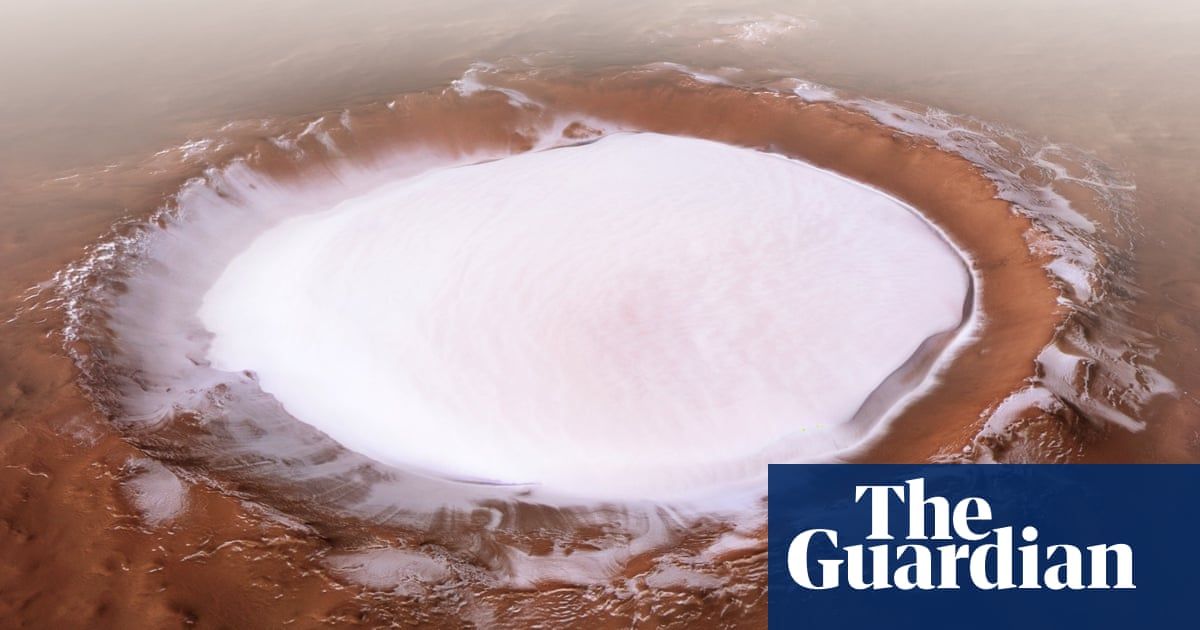
The stunning Korolev crater in the northern lowlands of Mars is filled with ice all year round owing to a trapped layer of cold Martian air that keeps the water frozen.
The 50-mile-wide crater contains 530 cubic miles of water ice, as much as Great Bear Lake in northern Canada, and in the centre of the crater the ice is more than a mile thick.
Images beamed back from the red planet show that the lip around the impact crater rises high above the surrounding plain. When thin Martian air then passes over the crater, it becomes trapped and cools to form an insulating layer that prevents the ice from melting.
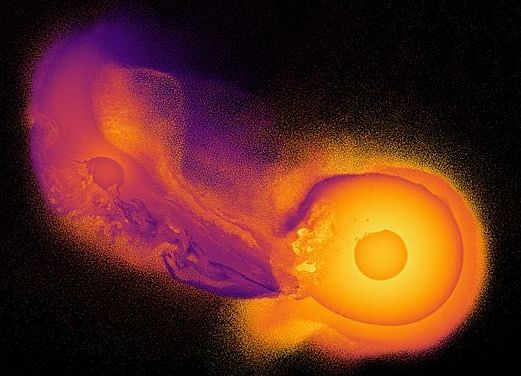
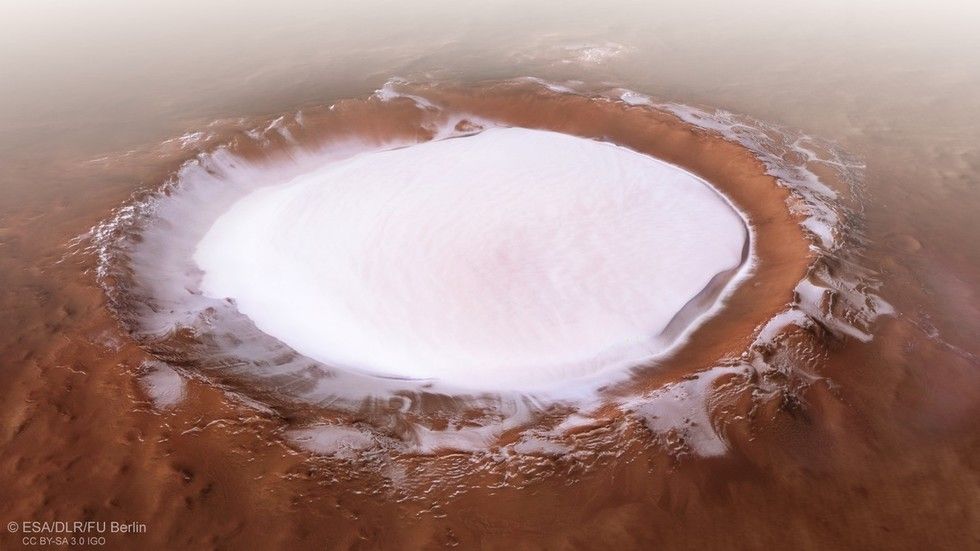
HUGE skating rink?
The European Space Agency has shared an incredible composite image showing a 50-mile wide crater on Mars that is filled with water ice all year long.
Budding future colonists hoping for a white Christmas on Mars will be somewhat disappointed as the ESA has confirmed that sitting in the Korolev crater is, in fact, a thick block of water ice, not snow. The enormous, 82-kilometer-wide, 2-kilometer-deep “ice trap” could still be good for ice skating though.
